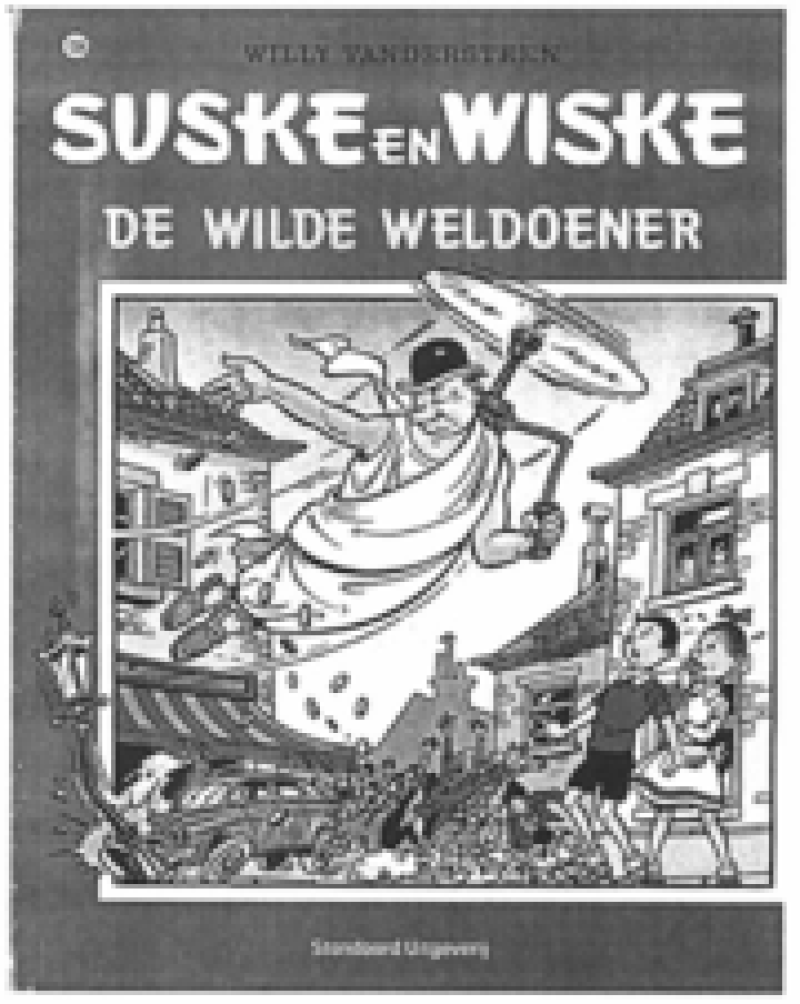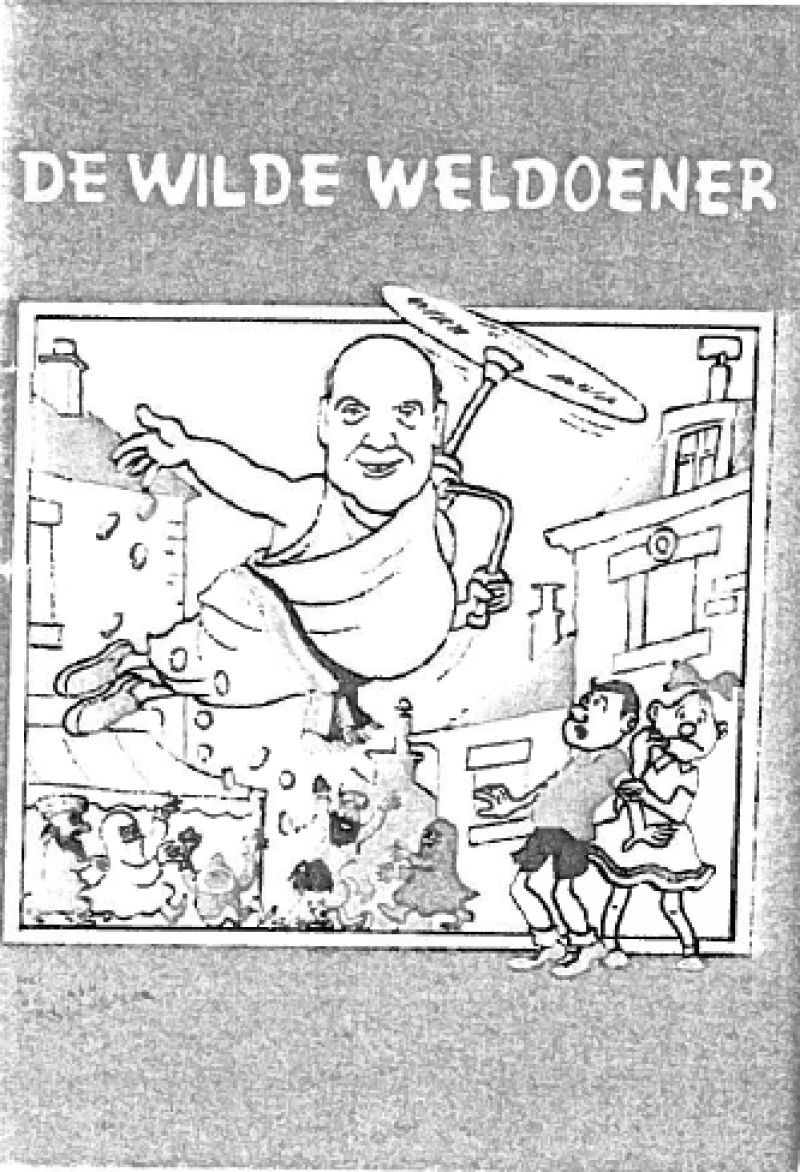
In reaching its conclusion in the Belgian case Johan Deckmyn and Vrijheidsfonds VZW v Helena Vandersteen and Others, the Court also clarified the rules on parody, holding that its only – and essential – characteristics are that it evokes an existing work while being different from it, and that it is an expression of humour or mockery The dispute began when Johan Deckmyn, a member of the right-wing Flemish Vlaams Belang party, handed out 2011 calendars featuring a drawing which resembled the cover of a Suske en Wiske comic book with the original title “De Wilde Weldoener” (“The compulsive benefactor”).
The comic book (below left) was produced in 1961 by Willy Vandersteen. In Deckmyn’s version (below right), the original image of a person wearing a white tunic surrounded by people trying to pick to pick up the coins he was scattering all around was replaced by an image of the mayor of the city of Ghent. The people picking up the coins were replaced by people wearing veils and by ethnic minorities.


A number of Willy Vandersteen’s heirs and other holders of rights to his comic book series sued Deckmyn and the Vrijheidsfonds (an organisation financing the Vlaams Belang) for copyright infringement. They rejected the defence’s claim that the work was a parody, arguing that it had showed no originality. They also alleged that the drawing in issue conveyed a discriminatory message.
The first instance court ruled that the calendars infringed the Suske en Wiske copyright and that the parody exception did not apply.
The Court of appeal asked the CJEU to answer three questions to clarify the rules:
1. Is the concept of 'parody' an independent concept in European Union law?
2. If so, must a parody satisfy the following conditions or conform to the following characteristics: the display of an original character of its own (originality); and such that the parody cannot reasonably be ascribed to the author of the original work; be designed to provoke humour or to mock, regardless of whether any criticism thereby expressed applies to the original work or to something or someone else; and mention the source of the parodied work?
3. Must a work satisfy any other conditions or conform to other characteristics in order to be capable of being labelled as a parody?
In May the Advocate General offered his opinion (opinion not available in English). He said that “parody” is an independent concept, because the Copyright Directive did not explicitly leave its definition to the national law. He argued that a certain degree of mockery and originality is required before a work can be considered a parody.
Now the Court has ruled that, based on the use of the word parody in everyday language, the essential characteristics of parody are, on the one hand, to evoke an existing work while being noticeably different from it and, on the other, to constitute an expression of humour or mockery. It need not display an original character of its own, as long as there are noticeable differences from the original work.
It went on to say that the copyright exception in the Copyright directive is aimed at balancing the rights of IP owners with the rights of freedom of expression.
The plaintiffs claim that Deckmyn’s picture conveys a discriminatory message and associates Vandersteen’s work with that message.
The Court said that it is for the national court to assess whether the message is discriminatory.
“If it is … attention should be drawn to the principle of non-discrimination based on race, colour and ethnic origin, as was specifically defined in Council Directive 2000/43/EC of 29 June 2000 implementing the principle of equal treatment between persons irrespective of racial or ethnic origin [and confirmed by] Article 21(1) of the Charter of Fundamental Rights of the European Union.”
It added that in these circumstances, copyright owners, such as the plaintiffs in this case, “have, in principle, a legitimate interest in ensuring that the work protected by copyright is not associated with such a message”.
Now the Belgian court must decide whether applying the parody exception in this case does strike a fair balance between the parties’ differing interests.









